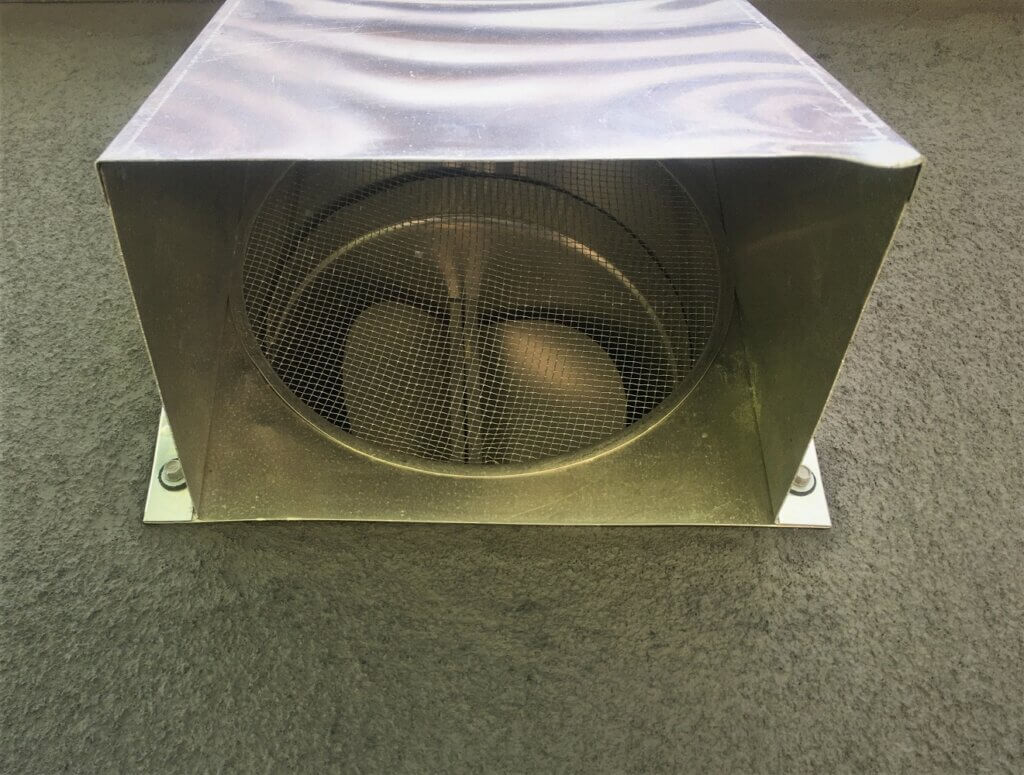Recovery Ventilation System
Added forced ventilation (energy recovery ventilation or ERV) is another attribute of a passive house, thanks to extreme air-tightness. ERV transfers about 50% of humidity between fresh and stale air streams circulating in your house at any given time. This means less dry indoor air conditions during the winter months. It also helps transfer humid air back to the exterior in the summer easing AC loads. Air volume is based on house envelope size, shape, number of corners, open spaces, etc. If ventilation system design is well calculated and done right, installation becomes a very straight-forward process.


Efficiency above all: choosing the right ventilation system
There are quite a few brands to choose from nowadays, from world-known companies to niche market manufacturers. The prices vary considerably, therefore no matter what local dealers tell you, prepare to do your own research to estimate your system needs and installation costs. German Zehnder is always on top of every PH consultant’s list. It is a beautifully designed system and “just works” but it came with a forbidden price tag at the time of construction. But Ultimate Air, Lennox, Panasonic, Honeywell, Aprilaire, Fantech, just to name a few, are all worthy choices. I assume they would all work fine for the NOK project given they have enough power to supply airflow for longer runs.
At the end of our research, we zeroed in on Ohio-based Ultimate Air for overall energy efficiency vs value ratio. It features a rotating drum system with washable pie filters and works well for a fairly large house. Keep in mind the system is not whisper-quiet. Some low operational fan noise from the unit is audible, therefore it is advised to install the units away from the bedrooms or recreational areas of the house.

